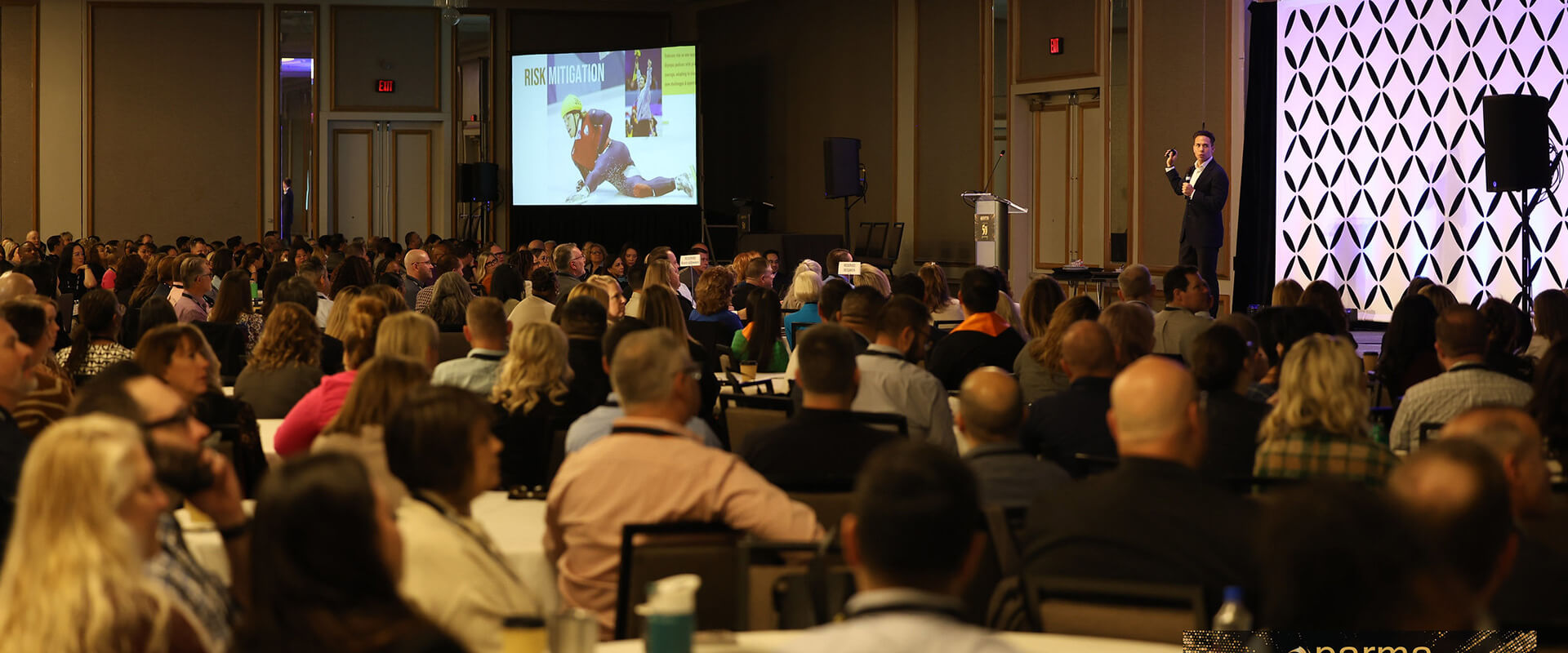California Bridge Under Construction Gets Sensors to Gather Earthquake Data
A replacement bridge under construction at the second-busiest port in the U.S. isn’t just a crucial route for cargo trucks and Southern California commuters – it’s a concrete-and-steel science experiment for engineers and seismologists.
The new bridge, which will stretch 8,800 feet over the Port of Long Beach, is being built with about 75 seismic sensors that will measure the forces imparted on the span when one of several nearby faults set off an earthquake. It will replace the Gerald Desmond Bridge, though it’s unclear if it will retain that name.










